Let’s discuss which dog breeds India has banned.
On 14 March 2024, the central government of India issued a circular banning the import, breeding, and selling of 23 dog breeds considered dangerous, including popular breeds like Rottweilers, Pitbulls, and American Staffordshire Terriers.
The legality of the ban is currently under challenge in several high courts in India. Here are some of the dog breeds India has banned.
1. Pitbull terrier: –
People recognize Pitbull terriers as a type of dog known for their strong physique, strength, and devotion to their owners. They were originally bred for bullbaiting but eventually became popular as household pets.
When properly educated and socialized, people can discover that Pitbull’s have an amiable personality and a need for human connection, despite their notorious large jaws and powerful bite.
Many regions in India have banned Pitbull terriers due to concerns about public safety and incidents involving aggressive behavior by some individuals of the breed.
Legislative measures aimed at regulating or prohibiting certain dog breeds banned in India often result in the ban on Pitbull terriers, perceived to pose a higher risk of aggression or harm to the public. However, it’s essential to note that not all pit bulls exhibit aggressive behavior, and responsible.
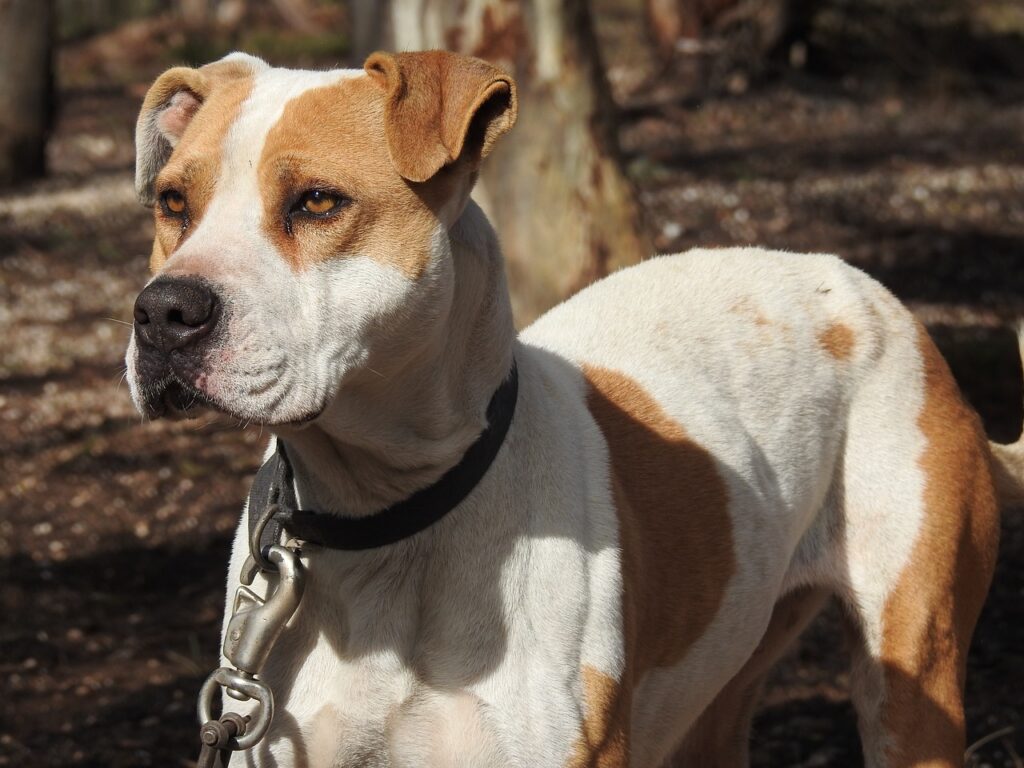
2. American Staffordshire Terrie
Because of its look and cultural connotations, the American Staffordshire Terrier is a breed that is frequently misinterpreted.
These dogs, who were first bred for dogfighting and bull-baiting and loving pets with the right training and socialization. They are renowned for their bravery, power, and muscular build in addition to their kind and amiable demeanor toward people.
However, in India, the American Staffordshire Terrier, along with several other breeds often lumped under the term “pit bull,” faces restrictions or bans in various regions. The reasons behind such bans typically stem from concerns about public safety, particularly incidents involving dog attacks.
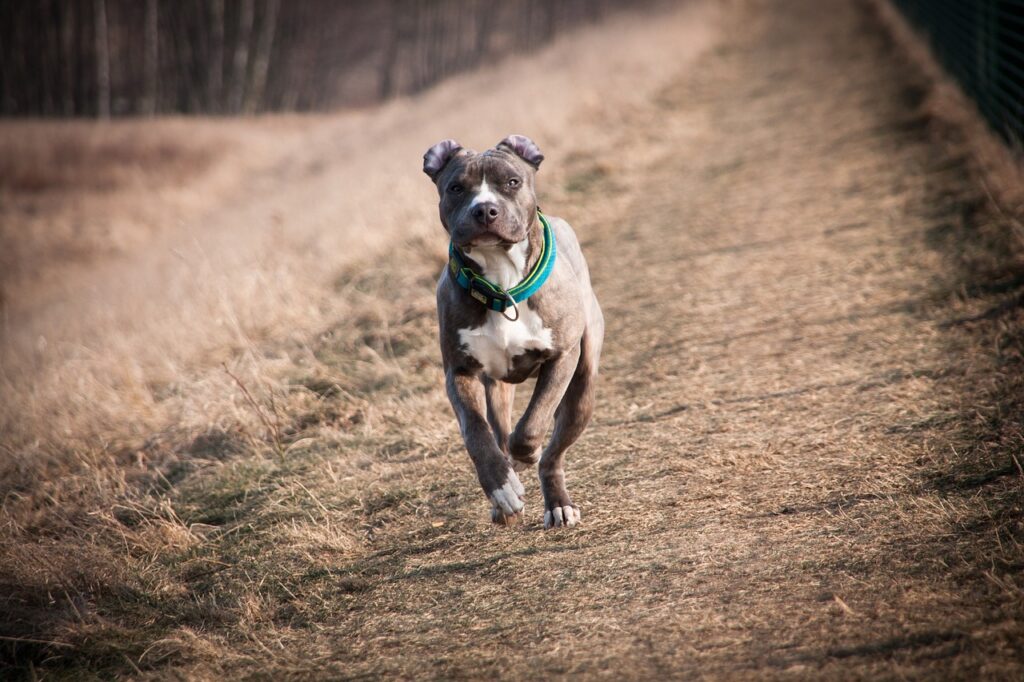
3. Fila Brasiliero
The Fila Brasileiro, also known as the Brazilian Mastiff, is a large and powerful breed of dog native to Brazil. Originally bred for working purposes, such as guarding livestock and property.
they possess a strong protective instinct and loyalty to their family. Their appearance is imposing, with a muscular build and a distinctive loose, wrinkled skin.
Fila Brasileiro has faced controversy and restrictions in certain countries, including India. One of the main reasons for their ban in India is their reputation for aggression, particularly towards strangers.
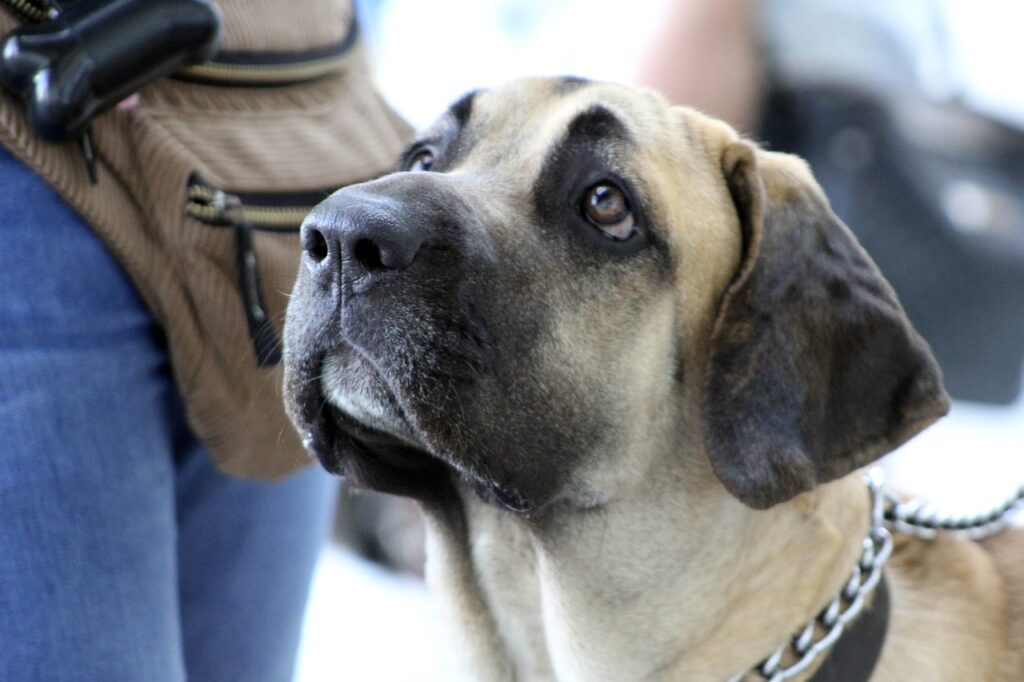
4. Dogon Argentino
The Dogon Argentino is a large and muscular breed of dog known for its strength, loyalty, and protective instincts. Originally bred in Argentina for big-game hunting, they are powerful and agile, with a distinctive white coat and a muscular build.
In India, the Dogo Argentino is among the breeds banned or restricted in several states and union territories. The reasons for this ban vary, but it often relates to concerns about public safety and instances of aggression or attacks involving certain breeds.
While Dogo Argentinos may not inherently be more aggressive than other breeds and their size, strength, and protective instincts can make them potentially dangerous if not properly trained and managed.
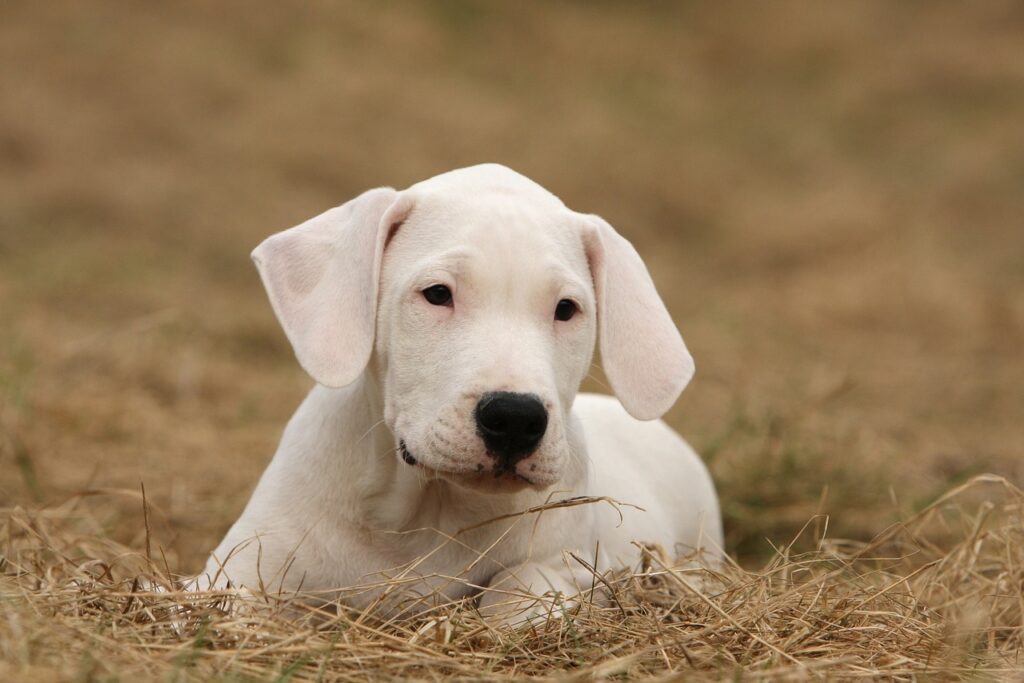
5. American Bulldog
People know American Bulldogs as a breed recognized for their muscular build, courage, and loyalty. They often serve as protective companions and are popular among dog enthusiasts for their strength and affectionate nature.
As for their ban in India, it’s likely due to concerns about aggressive behavior and public safety. Some regions or municipalities may have restrictions or bans on certain breeds deemed potentially dangerous. American Bulldogs, along with other breeds like Pit Bulls and Rottweilers, have faced bans or restrictions in various places around the world due to incidents of attacks or perceived aggression.
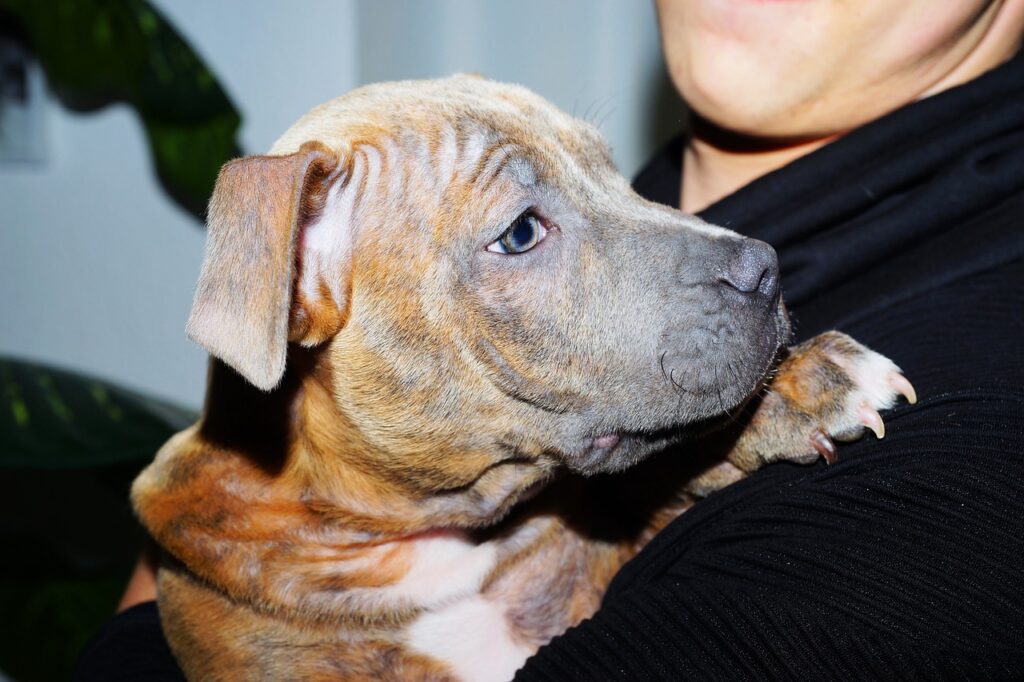
7. Rottweiler
The Rottweiler is a large domestic dog, originally from Germany. People originally bred the dogs for herding livestock and pulling carts, but they now mostly use them as working dogs, including search and rescue, police work, and military service. They are also popular family pets for people who enjoy an active lifestyle. Rottweilers are intelligent, strong, and loyal dogs. Veterinarians do not recommend Rottweilers for first-time dog owners.
Here are some reasons why rottweiler dog breed banned in India might ban Rottweilers:
- Strength and size: Rottweilers are large and powerful dogs, and they can cause serious injuries if they attack someone.
- Temperament: Rottweilers can be stubborn and dominant, and they require a lot of training and socialization to be around people and other animals safely.
- Lack of responsible ownership: Some people who own Rottweilers may not be able to properly train and socialize them, which can increase the risk of attacks.

8. Rhodesian Ridgeback
The Rhodesian Ridgeback is a majestic and powerful breed known for its distinctive ridge of hair along its back, which grows in the opposite direction to the rest of its coat. European settlers originally bred them in Southern Africa, specifically in what is now Zimbabwe (formerly Rhodesia), to hunt lions and other large game.
The Rhodesian Ridgeback: A Breed Unfairly Banned in India
The Rhodesian Ridgeback is a majestic and powerful breed with a rich history, yet it remains unfairly banned in India. Misconceptions and unfounded fears have unjustly targeted this noble dog, originally bred in Southern Africa.
As a breed, people recognize the Rhodesian Ridgeback for its loyalty, intelligence, and unwavering courage. These traits have made the breed a beloved companion and working dog in many parts of the world. However, the ban in India is a disservice to both the breed and potential owners who could provide loving homes.

9. wolf dog
The wolf dog is a fascinating canine resulting from the breeding of a domestic dog and a wolf. These hybrids can inherit physical traits and behaviors from both parents, leading to a powerful and intelligent animal with a wild look. Here are a few reasons why wolf dog banned in India.
- Potential Danger: Wolf-dog hybrids, especially those with a higher percentage of wolf genetics, can retain some wild instincts, making them potentially unpredictable and dangerous. Their behavior can be challenging to predict and control, posing risks to both humans and other animals.
- Unpredictable Temperament: Wolf dogs can possess strong wild instincts, making them potentially unpredictable and difficult to handle, especially for inexperienced owners. This can pose a threat to both the animal and the public.
- Lack of Regulation: Breeding and ownership of wolf dogs are not well-regulated in India. This can lead to irresponsible breeding practices and potential health problems for the animals.
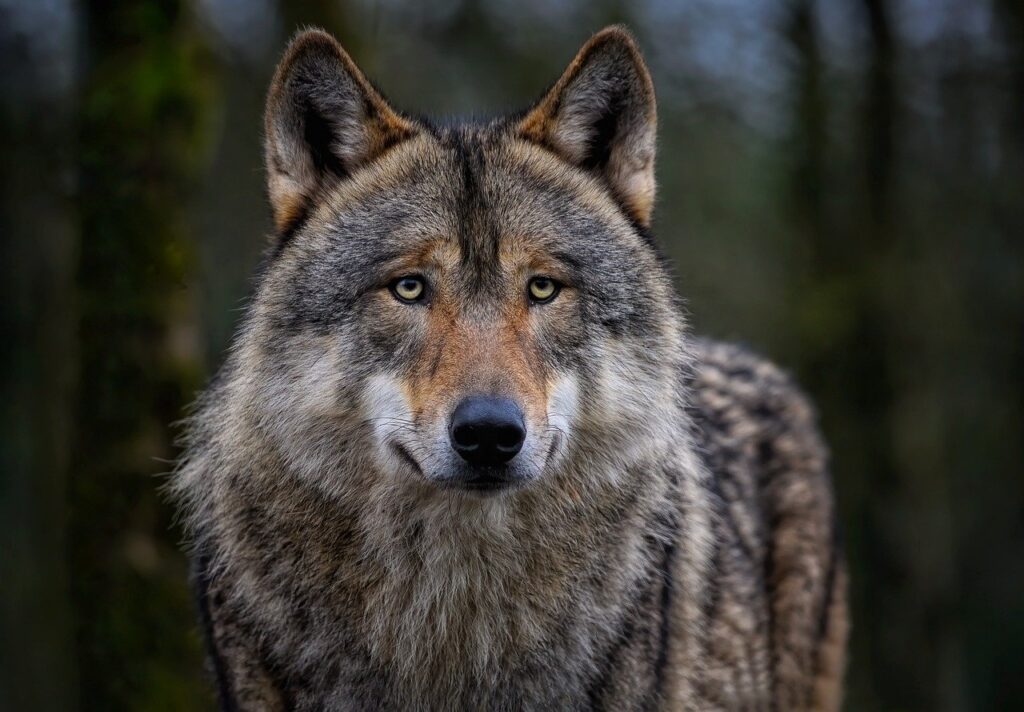
10. Kangal
The Indian ban on Kangal dogs primarily stems from concerns about their potential threat to native wildlife and livestock. India has strict regulations regarding the import and ownership of certain breeds, particularly those perceived as aggressive or potentially harmful to local ecosystems.

11. Central Asian Shepherd Dog
Certain regions, including India, have banned the Central Asian Shepherd Dog, also known as the Alabi, due to concerns over public safety, despite its impressive size and strength, which has made it the subject of much debate and controversy in recent years.
However, understanding the true nature of the Central Asian Shepherd Dog and the reason behind this ban is crucial. Proponents of these breeds argue that the dogs themselves aren’t inherently aggressive or dangerous. They point to the breeds’ well-known loyalty, protectiveness, and devotion to their families. Proponents of the breed argue that the ban in India likely results from a lack of understanding about the breed and the importance of proper training and socialization.
It is important to note that any dog, regardless of breed, can pose a risk if not properly trained and supervised. The Central Asian Shepherd Dog is no exception, and owners must ensure that their pets are well-behaved and pose no threat to the public.

12. Caucasian Shepherd Dog
The Caucasian Shepherd Dog, also known as the Caucasian Ovcharka, is an ancient breed hailing from the Caucasus Mountains – a region between Europe and Asia. These massive dogs were bred for livestock protection and guarding property. They are known for their:
- Impressive size: Standing at 25-32 inches tall and weighing 100-200 pounds, they are a truly formidable presence.
- Thick double coat: Offering protection from harsh weather conditions.
- Loyal and protective nature: They form strong bonds with their families and are naturally wary of strangers.
While these qualities make them excellent guard dogs, they’re also the reason Caucasian Shepherd Dogs are banned in some Indian states, including Kerala and Karnataka. Here’s why:
- Strong temperament: Their independent nature and territorial instincts require experienced owners who can properly socialize and train them. In the wrong hands, their size and strength could pose a safety risk.
- Densely populated areas: India has a high population density, and these giant dogs might not be suitable for crowded spaces where socialization and exercise could be challenging.
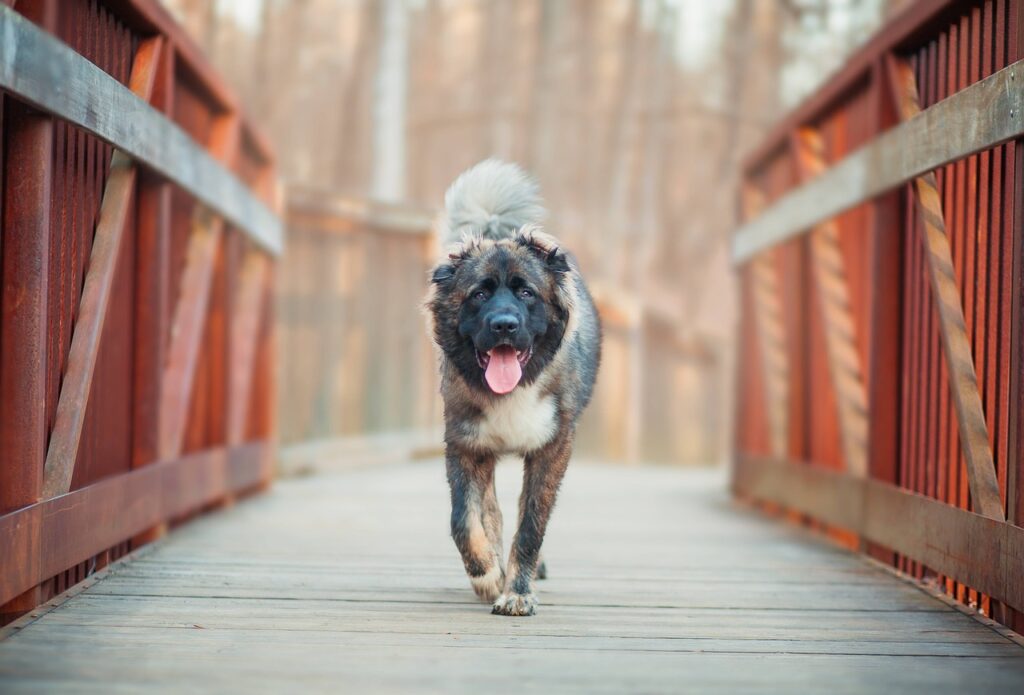
13. Tornjak
The Tornjak is a large livestock guardian dog breed originating from Bosnia and Herzegovina. These dogs have a long history of protecting livestock, particularly sheep, from predators like wolves and bears. They are known for their large size, strength, and loyalty to their owners.
As for their ban in India, it’s likely due to restrictions on importing certain dog breeds for various reasons such as concerns about aggression, health issues, or ecological impact.
Factors like their perceived danger to humans or other animals can influence bans on specific breeds.
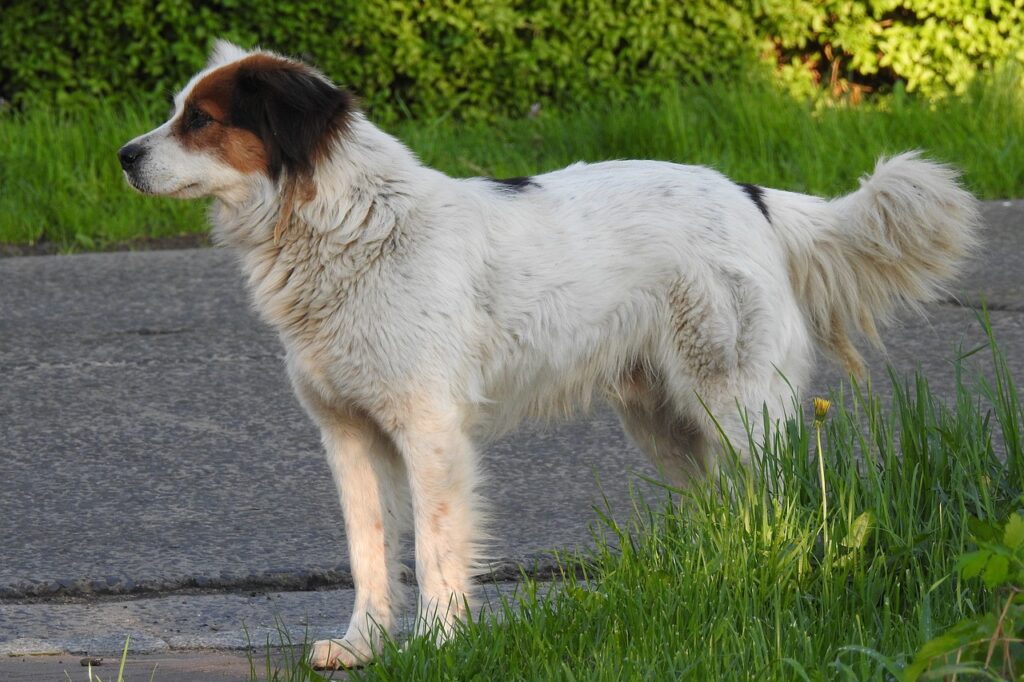
14. Canario
Canario” typically refers to a breed of fighting dog, known as the Canary Dog or Presa Canario. People bred these dogs historically on the Canary Islands for guarding, herding, and even fighting. They are muscular and possess a strong bite force.
As for why the Presa Canario might face a ban in India specifically, it could be due to similar concerns about their potential danger to people. Laws and regulations regarding dog breeds can vary widely from one country to another.
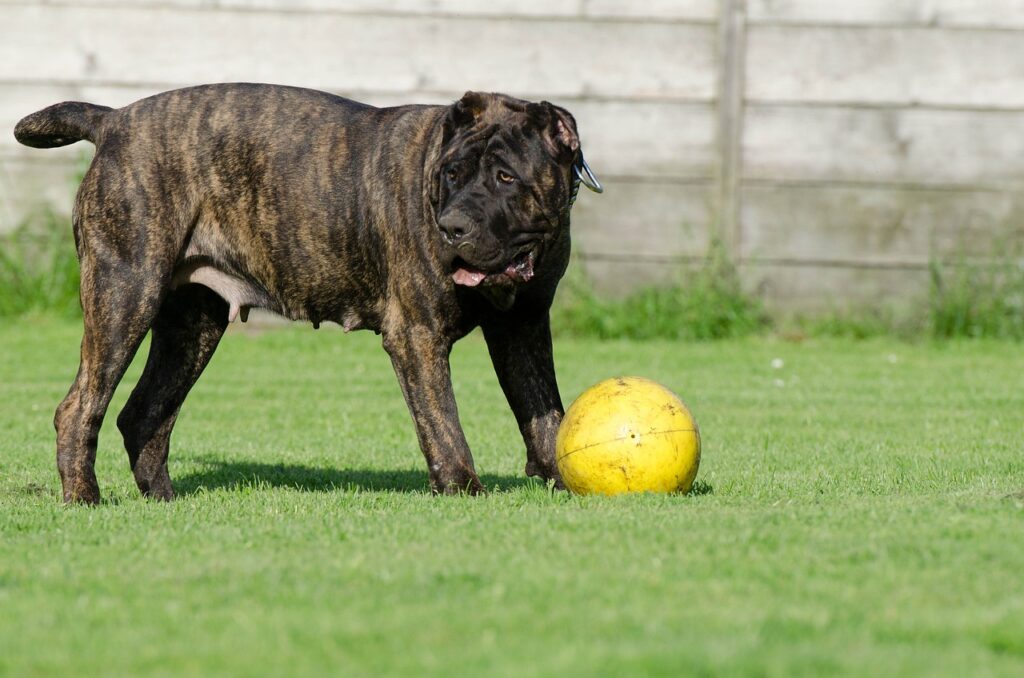
15. Cane Corso
The Cane Corso: A Powerful Guardian
The Cane Corso is an impressive dog breed originating in Italy. Known for their:
- Large size: Standing at 27-28 inches tall at the shoulder and weighing 90-150 pounds, they are a truly massive breed.
- Guardian nature: Bred for guarding property and livestock, they are loyal and protective companions.
- Strength and athleticism: With their muscular build and powerful movements, they are a force to be reckoned with.
Banned in India
the Cane Corso is one of dangerous dog breeds banned in India. The exact reasons can vary but often include concerns about:
- Public safety: Their size and strength could pose a threat if not properly trained and socialized.
- Lack of awareness: Breeds like the Cane Corso might be new to some areas, and people may not be familiar with their temperament and handling requirements.
- Irresponsible ownership: The size and guarding instincts of large breeds raise concerns that some owners may not be prepared for the responsibility of caring for them.

conclusion
In this post, we will discuss which dog breeds India has banned. There’s a proposed ban on owning certain dog breeds in India, and the legislation is currently under challenge and not fully implemented.
- Focus on the current situation: State that there are restrictions on ownership of some dog breeds due to safety concerns, but the legal situation is evolving.
- Avoid stating a definitive list: Don’t publish a list of banned breeds as the situation might change.
